

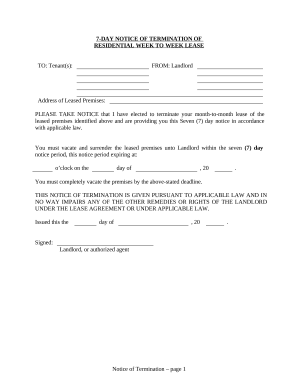

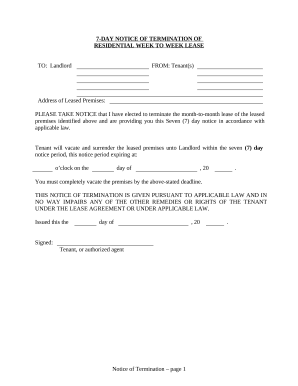
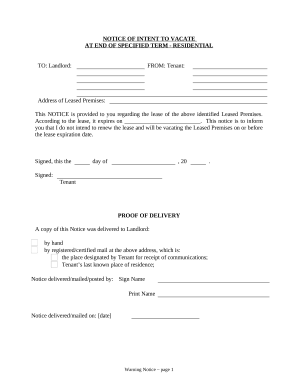

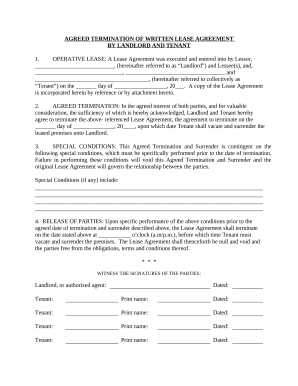
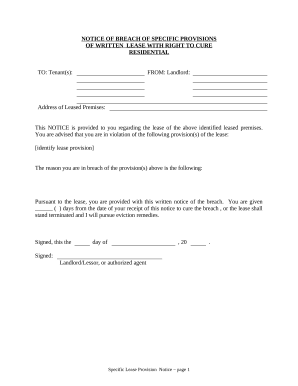
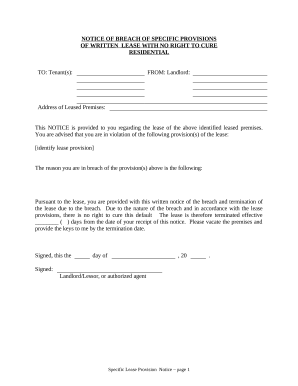
Improve your form operations with our Nebraska Residential Lease Termination library with ready-made templates that suit your requirements. Get your document, change it, complete it, and share it with your contributors without breaking a sweat. Start working more effectively with your forms.
The best way to use our Nebraska Residential Lease Termination:
Explore all of the possibilities for your online document administration using our Nebraska Residential Lease Termination. Get your totally free DocHub profile today!